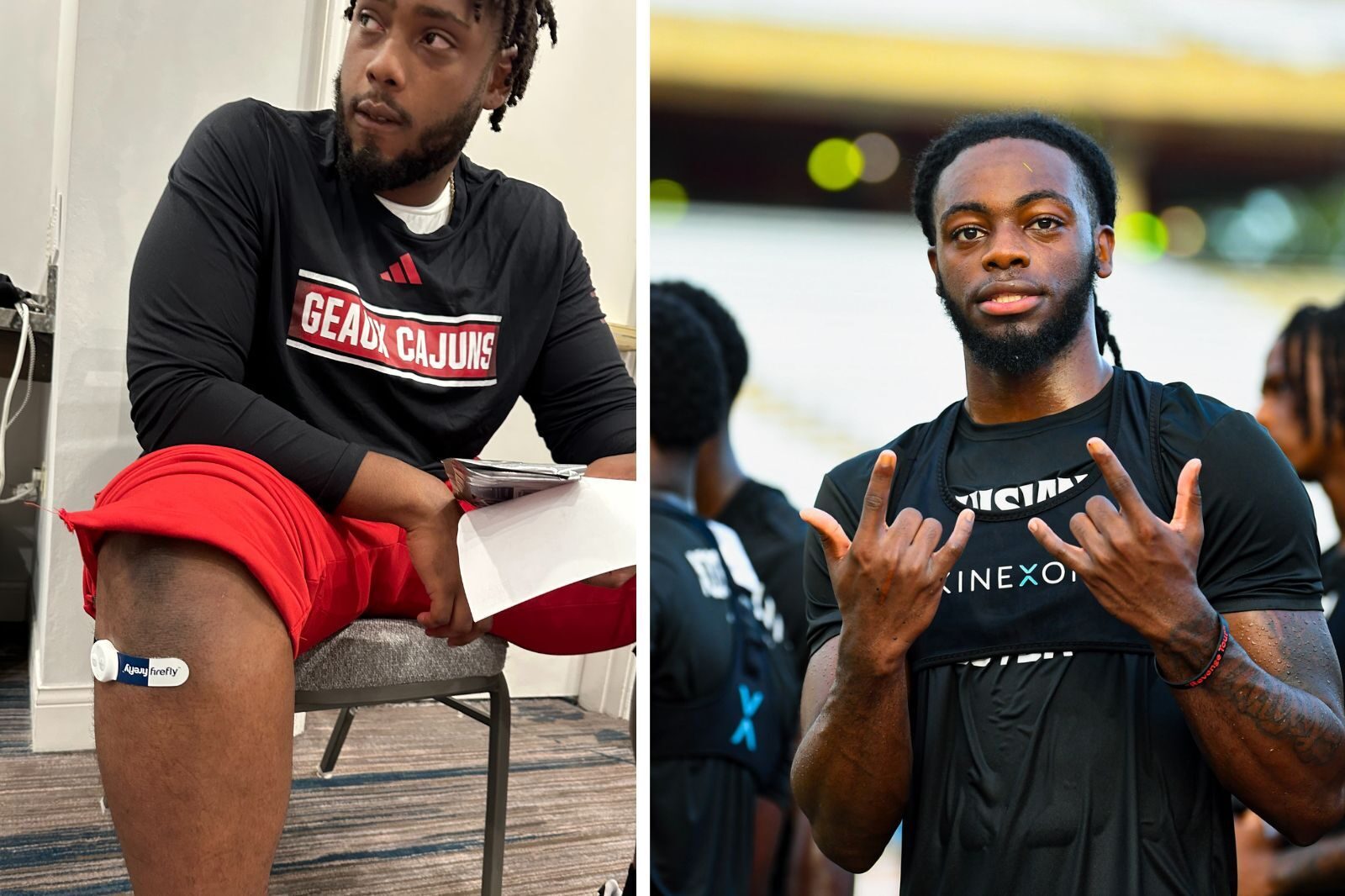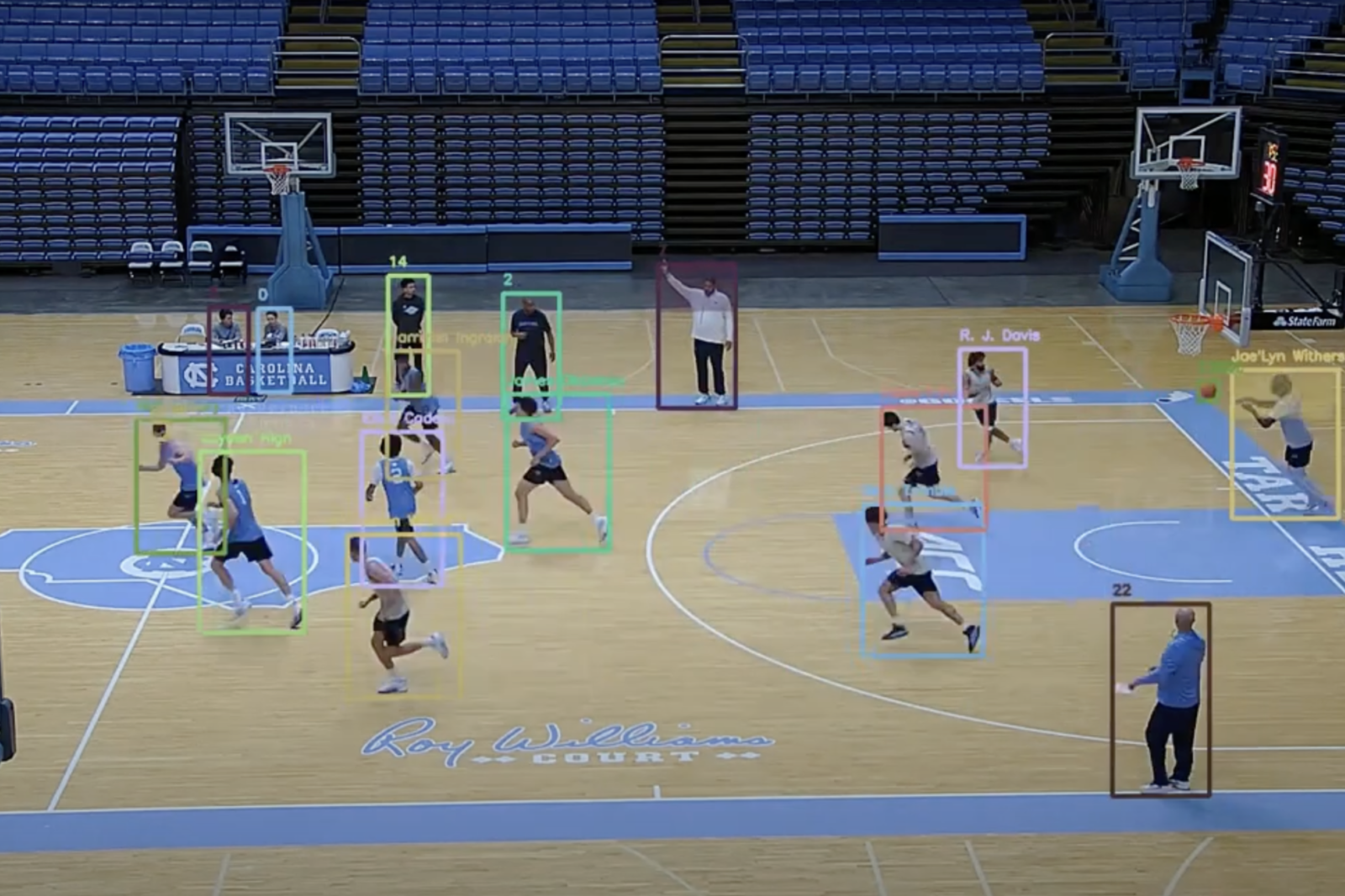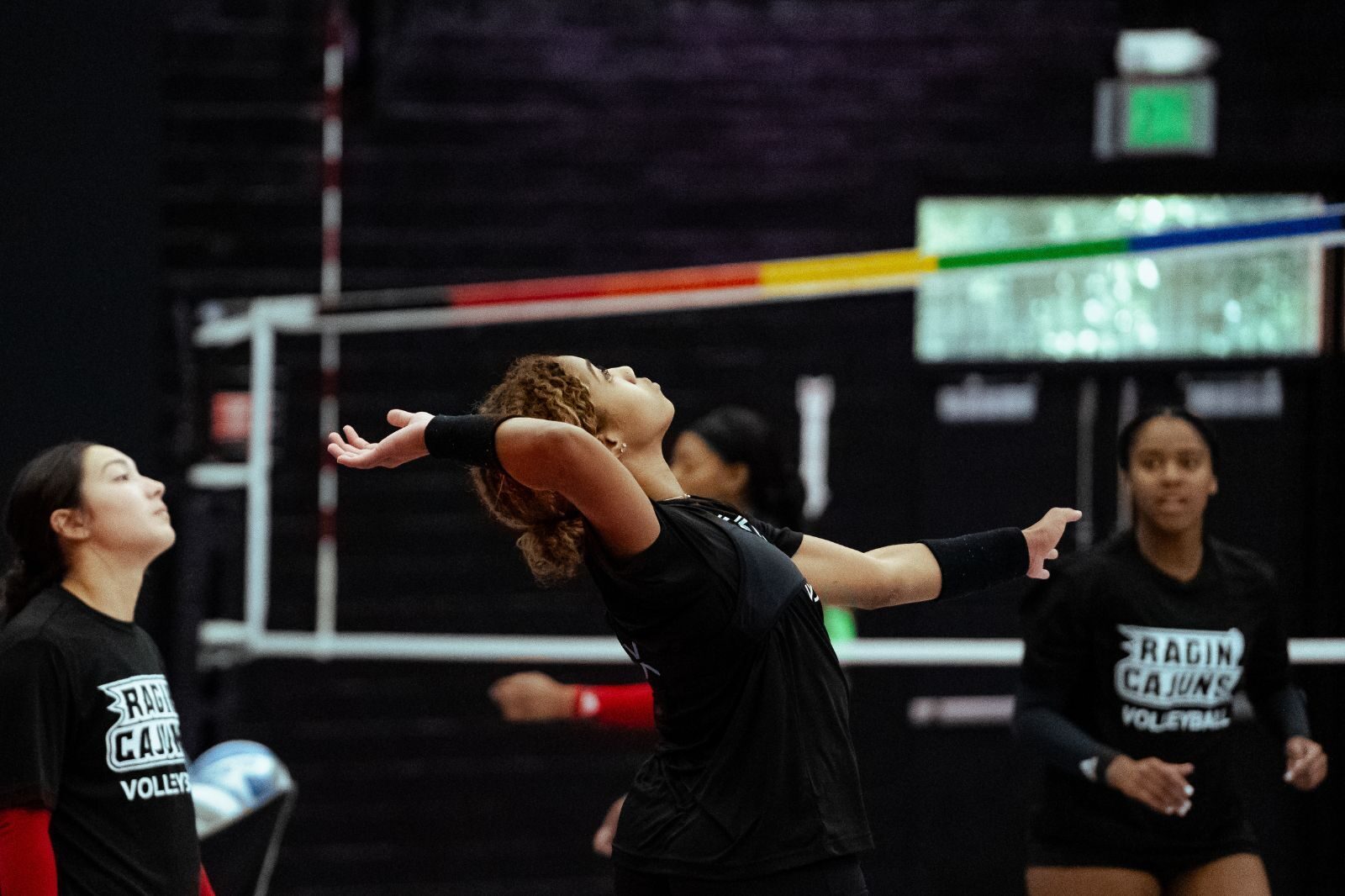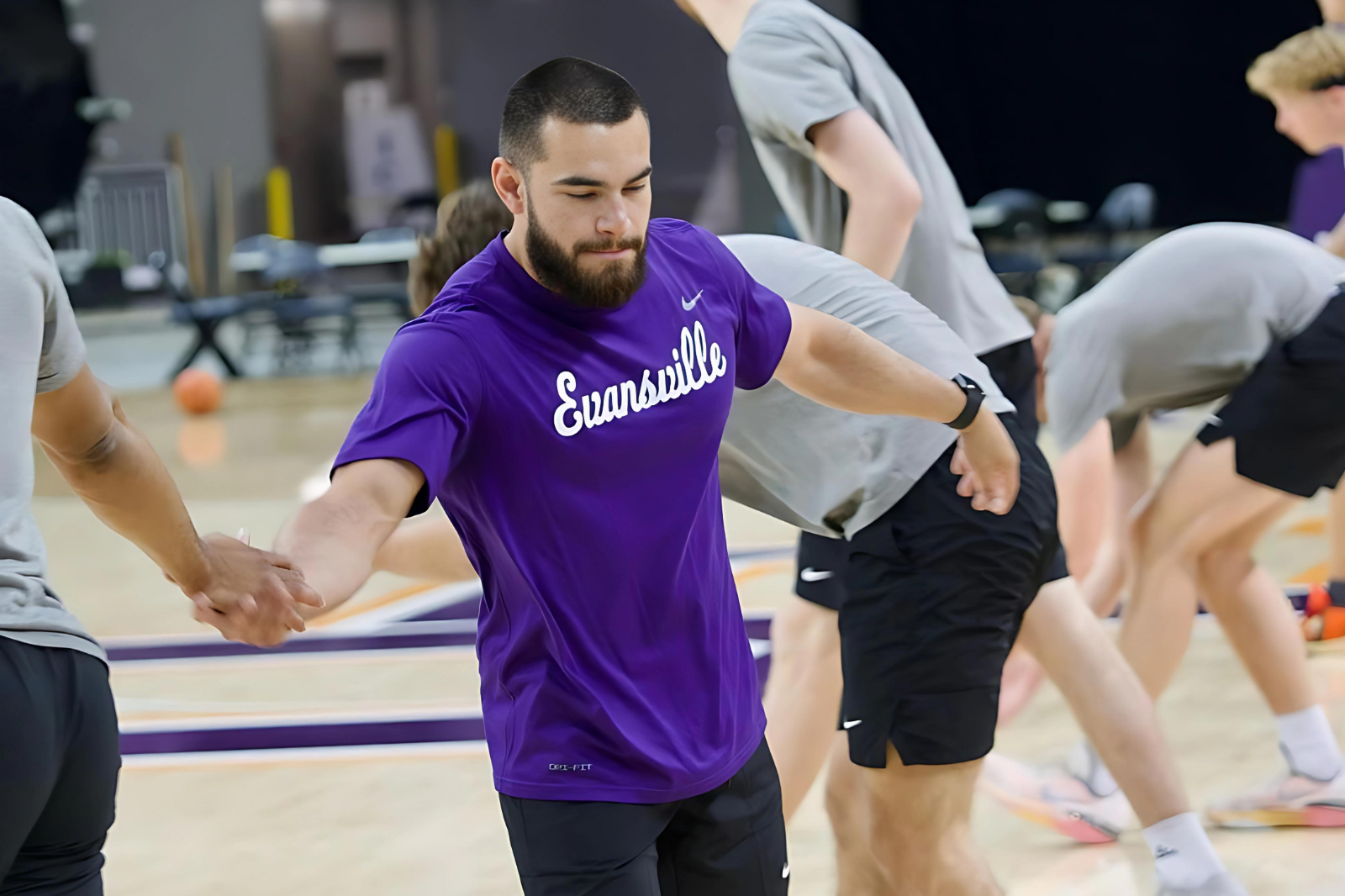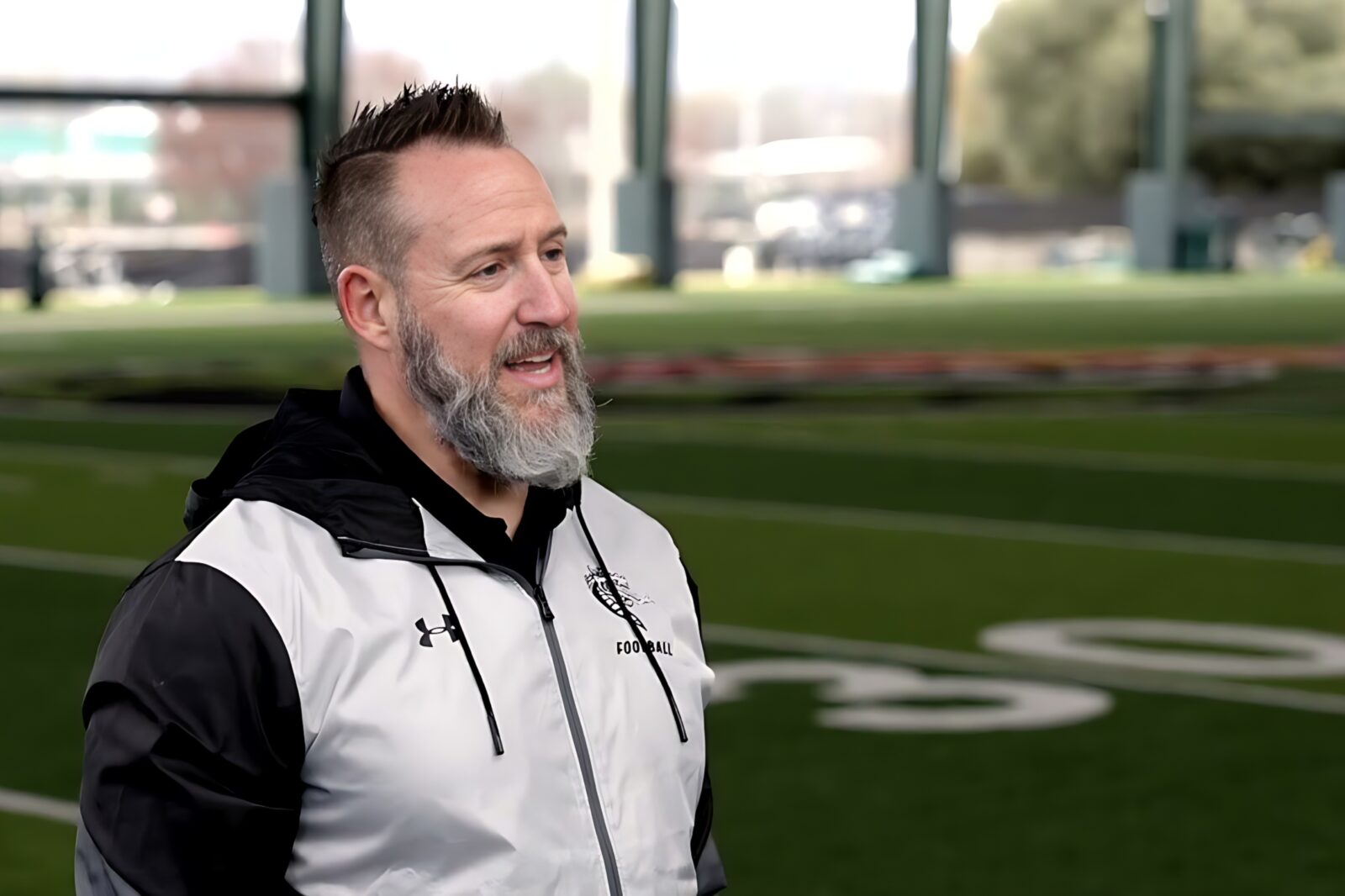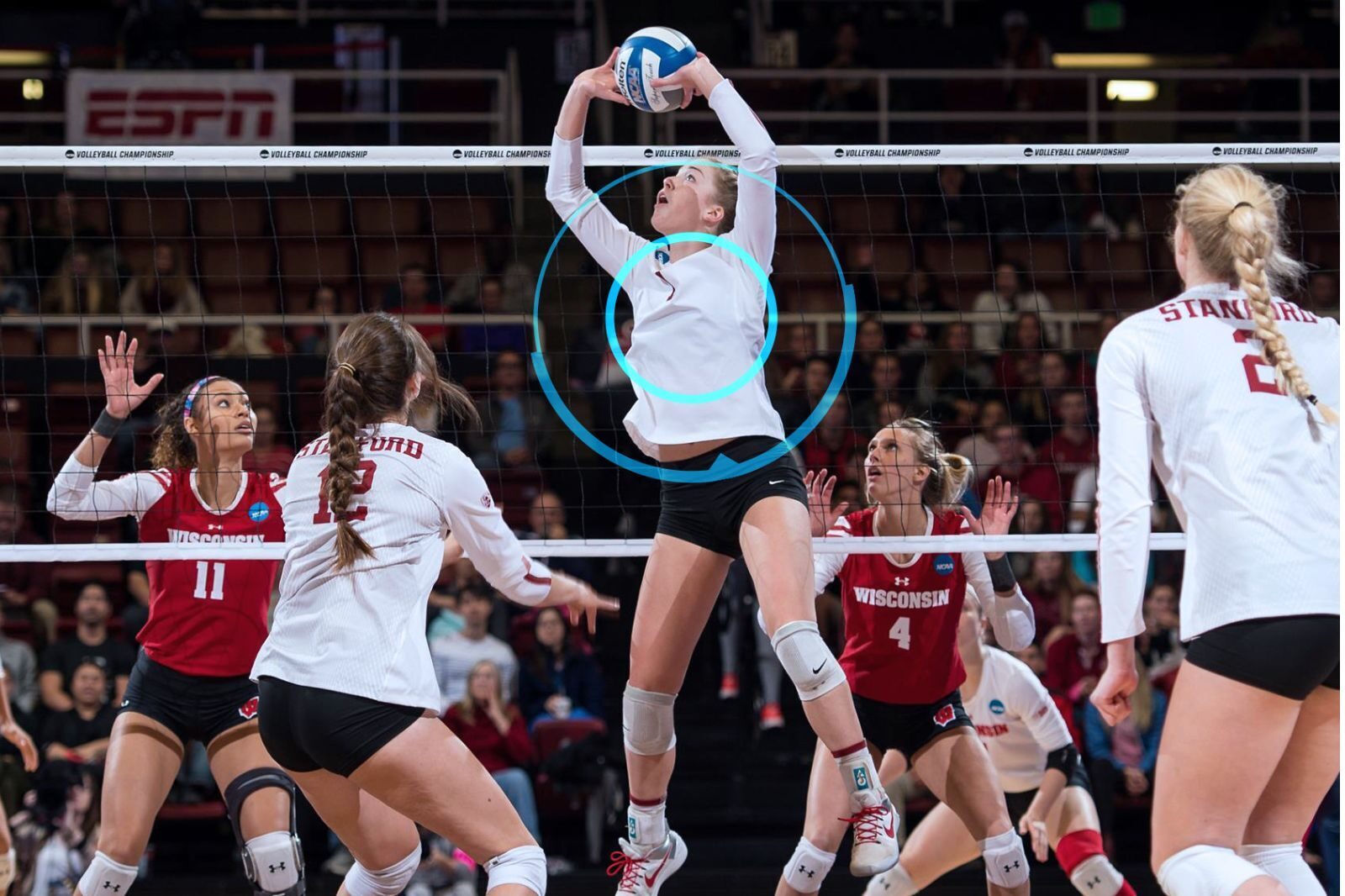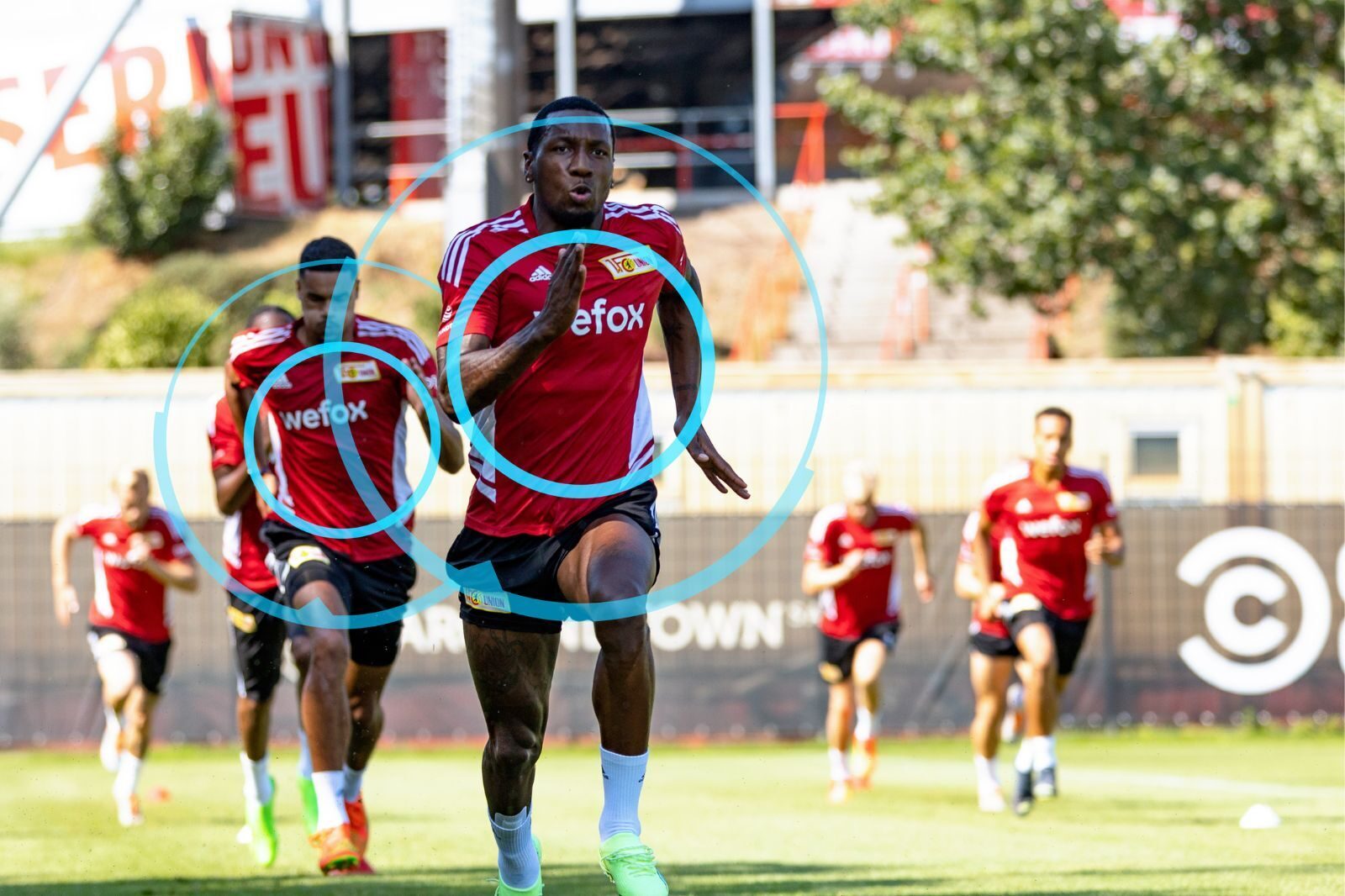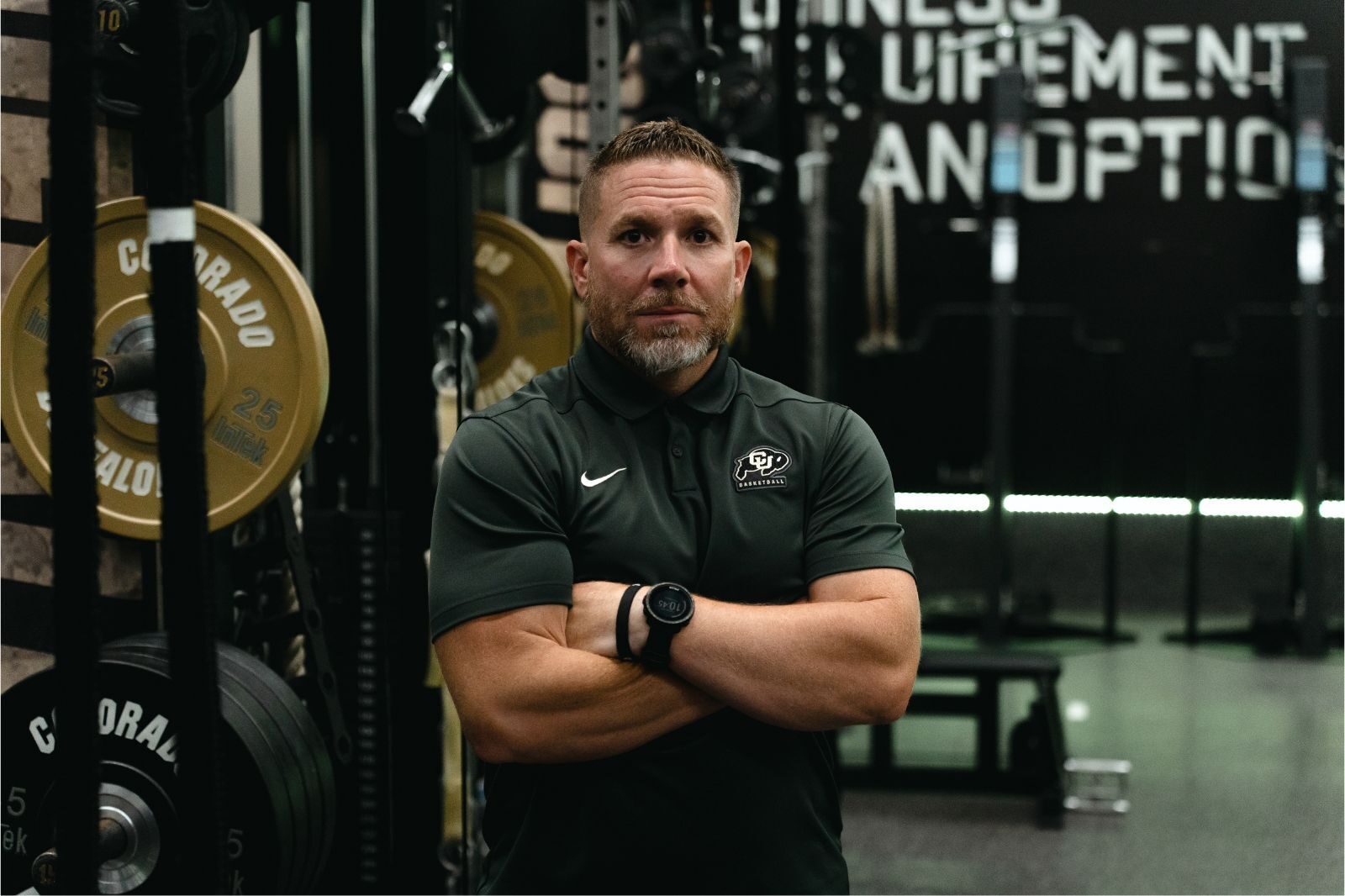How Live Sports Data and Volleyball Analytics Help Players, Coaches and Fans
Volleyball is a sport that greatly benefits from live player tracking and analytics. This technology helps coaches improve their players’ performance and prevent injuries. Fans also enjoy a richer experience of the game with new insights. What are the key metrics to track? How do they benefit different stakeholders? Learn how live data can enhance the game for players and fans.
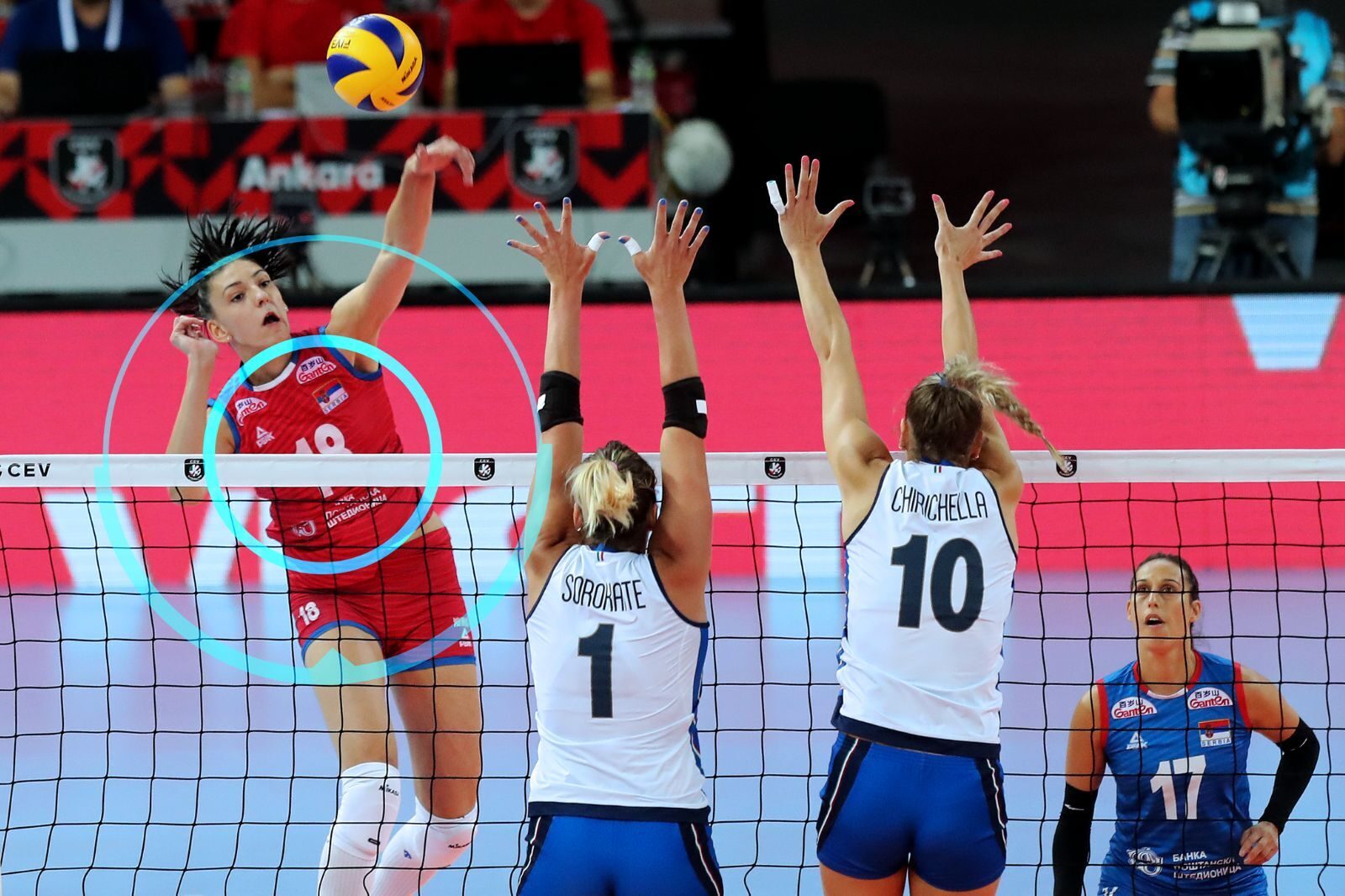
What volleyball “lacks” in long-distance runs and physical contact, the sport “makes up” with short-term, high-intensity loads. Players sprint. Stop. Jump. Land. Jump again.
They also repeatedly dive for the ball within a short amount of time. Plus, they cannot hold the ball. Once they have touched it, they must prepare for the next movement. All these factors combine for a game, physically and mentally demanding a lot from its players.
Volleyball players need to be quick, agile and sharp. Plus, with games lasting up to two hours or even longer, players have to perform well in both aerobic and anaerobic zones. Sudden changes in direction, stops, accelerations and jumps add a lot of wear and tear to joints and muscles. That’s where volleyball analytics comes in.
Being able to track the load, coaches can adapt their training plan taking into account the players’ fitness and performance level individually and as a team. The data helps lead the athletes towards their maximum or manage their load if needed.
Which Player Metrics Matter in Volleyball?
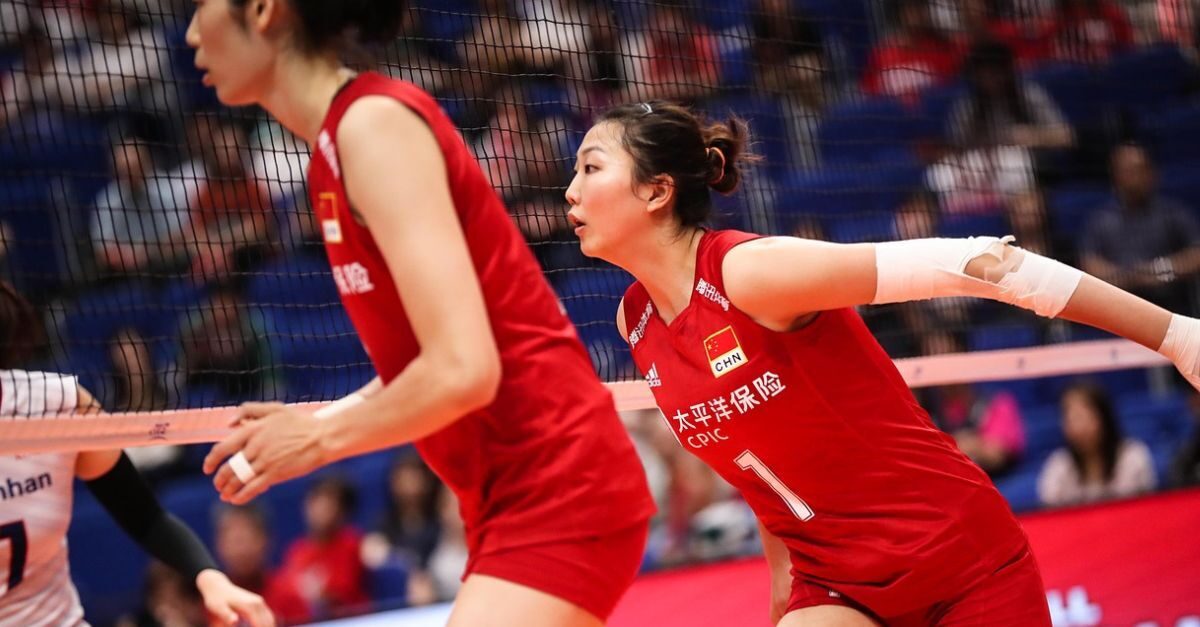
To prepare volleyball players optimally for games and protect them from injuries, coaches must paint a comprehensive picture of their athletes’ performance and movements on the court. To do that, contrasting and combining external and internal metrics is crucial. Particularly vital data is:
- Jumps
- Acceleration Load
- Accelerations / Deceleration
- Heart Rate
- Training Time
Being able to track their players in real-time, and analyze the metrics with the ball still in play, coaches can adapt on the fly. During a match, they can tweak their tactics or substitute players who show the first signs of fatigue.
Receiving live insights in training helps adapt the session should it not present coaches and players with the desired results.

“My experience shows that teams use the system in match and training, and showing particular interest in ‘Accumulated Acceleration Load’ and ‘Jumps’, with details such as number, height, etc. Gaining that objective data supports coaches in their daily work and helps with training and load planning.“
Coaches and players use the short breaks during games to briefly check metrics through the live feature to adjust the game plan if necessary, and get constant feedback about their performance.
The AVP Is Now Integrating Volleyball Analytics

The Association of Volleyball Professionals (AVP), where beach volleyball athletes can qualify for the Olympics, has taken notice. The USA’s longes-standing beach volleyball tour has implemented KINEXON Sports’ tracking tools into their tournaments and received great feedback from players, coaches and fans alike.
The integration of live player tracking in high-level events to collect athlete data particularly intrigued players. They view technology as the key to finding new ways to improve themselves while trying to exploit their opponents’ weaknesses.
At the same, broadcasting partners used the metrics on live TV to give viewers a whole new experience and understanding of the sport, something the AVP sees as an opportunity to gain new fans and relate them more to the sport. Plus, it helps coaches and players deal with the demands of a sport based on short-term, high-intensity loads.
See How The AVP Uses Volleyball Analytics
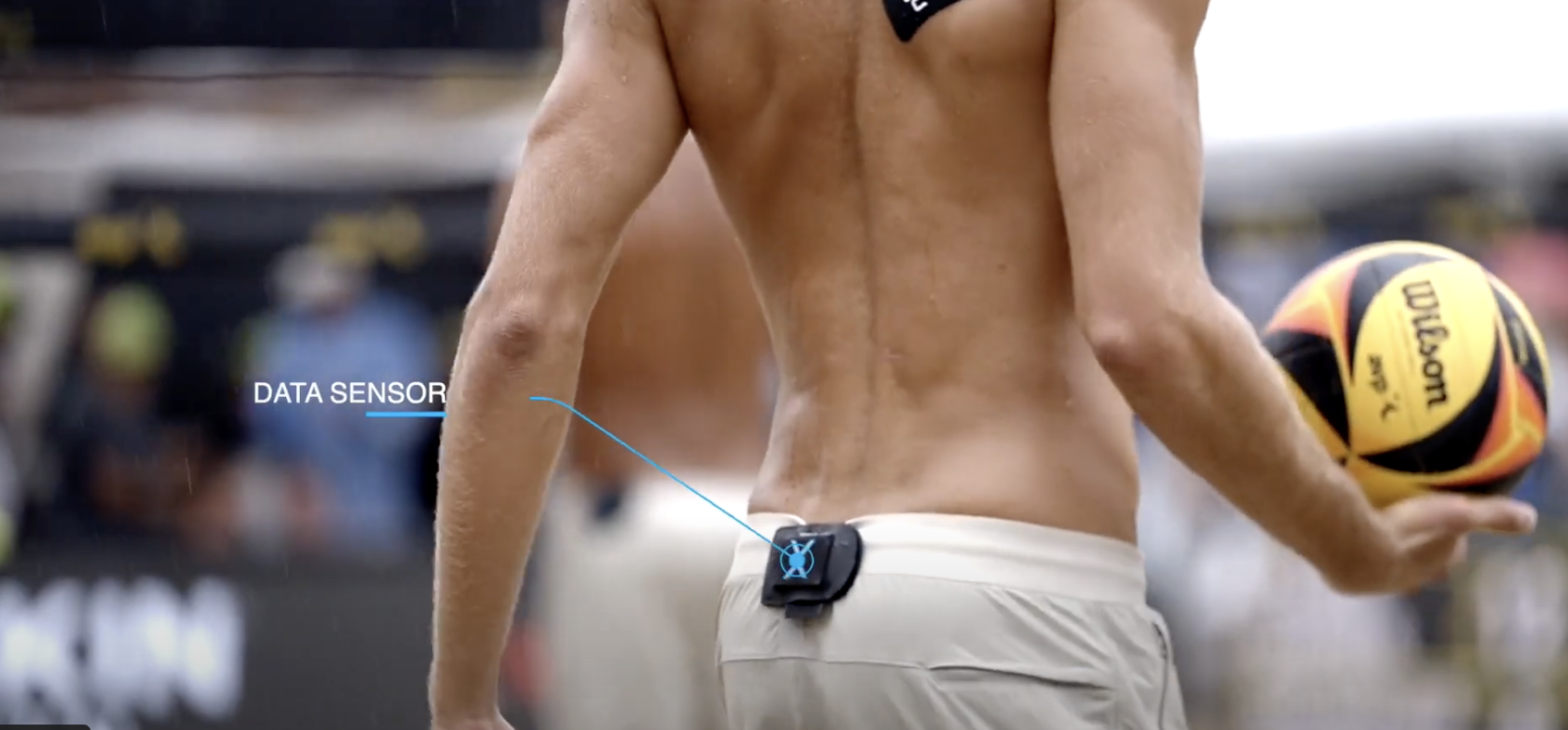
Join AVP Senior Director of Programming Jeff Conover as he reveals how KINEXON Sports is transforming professional beach volleyball from both performance and fan engagement perspectives. Watch the video below:

“I would recommend KINEXON to the volleyball community, to clubs, indoor academies, beach academies, NCAA teams, etc. Everything they capture in our sport is easily transferable to all levels. It’s going to be the next wave of the future of recruiting.”
A Leader in Providing Volleyball Analytics

KINEXON Sports provides real-time tracking of athletes. This technology gives volleyball teams and coaches the data they need to enhance their players’ skills and prevent injuries. The solutions use ultra-light sensors that female players can wear on their tops or shorts without affecting their movement or performance.
During a match or training session, KINEXON Sports’ player tracking solutions measure various metrics, such as distance, accelerations, decelerations, and heart rate. These metrics help coaches and players gain deep insights to optimize load and performance. This comprehensive system supports performance analysis and continuous improvement.
We recorded a webinar that explores the power of athlete monitoring and player tracking in volleyball. The complete session is now available on-demand. You can access it via the link below.


